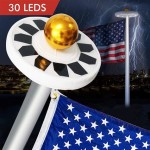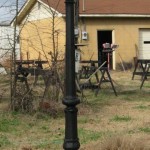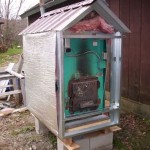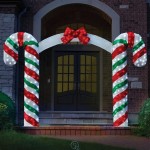Do I Need Fire Bricks in My Outdoor Fireplace?
Building an outdoor fireplace involves many considerations, from design aesthetics to material choices. One crucial decision revolves around the use of fire bricks. Understanding their function and the alternatives available helps determine whether they are necessary for a specific project.
Heat Resistance and Retention
Fire bricks, also known as refractory bricks, are designed to withstand extremely high temperatures. Regular bricks or concrete blocks are not formulated for such intense heat and can crack, crumble, or even explode when subjected to the repeated thermal stress of a fire. Fire bricks protect the structural integrity of the fireplace by absorbing and retaining heat, preventing damage to the outer shell and surrounding materials. This characteristic also contributes to a more efficient fire by radiating the stored heat back into the firebox, promoting better combustion and generating more heat.
Protection of the Fireplace Structure
The intense heat generated within a fireplace can cause significant damage to the surrounding structure if not properly contained. Fire bricks act as a protective barrier, insulating the outer shell of the fireplace from the extreme temperatures. This insulation prevents the mortar from deteriorating and the outer materials, such as stone or concrete, from cracking due to thermal stress. The protective layer offered by fire bricks significantly extends the lifespan of the outdoor fireplace.
Enhanced Fire Performance
While primarily serving a protective function, fire bricks also contribute to a more efficient and enjoyable fire. Their heat retention properties help maintain a higher temperature within the firebox, leading to more complete combustion of wood and reduced smoke output. This results in a hotter, cleaner-burning fire that requires less fuel and produces less creosote buildup, minimizing chimney cleaning frequency.
Alternatives to Fire Bricks
While fire bricks are the traditional choice for lining fireplaces, alternative materials are available. Castable refractory cement, often referred to as refractory concrete, can be poured into forms to create a custom firebox lining. This option can be more versatile for complex shapes but requires careful mixing and curing. Pre-cast refractory panels offer another alternative, providing a pre-formed lining that simplifies installation. However, they may be less adaptable to custom designs. Choosing the appropriate material depends on the specific design, budget, and construction experience.
Cost Considerations
Fire bricks represent an initial investment that adds to the overall cost of building an outdoor fireplace. However, considering their protective role and contribution to longevity, they can be viewed as a cost-effective measure in the long run. The expense of repairing or rebuilding a fireplace damaged due to the lack of proper heat protection can significantly exceed the initial cost of fire bricks. Evaluating the long-term benefits can justify the upfront investment.
Installation Considerations
Proper installation of fire bricks is crucial for their effectiveness. They should be laid with refractory mortar, a specialized mixture designed to withstand high temperatures, ensuring a strong and durable bond. Thin joints are essential to minimize expansion and contraction during heating and cooling cycles, preventing cracking and ensuring the integrity of the firebrick lining. Careful attention to detail during installation ensures the long-term performance and safety of the fireplace.
Safety Considerations
Building an outdoor fireplace involves inherent safety risks, and the choice of materials plays a crucial role in mitigating these risks. Using materials not designed for high-temperature applications can create hazards such as cracking, spalling, and even explosions due to thermal stress. Fire bricks provide a critical safety barrier, containing the intense heat and protecting the surrounding structure from damage, reducing the risk of fire spread and structural failure.

How To Install Firebrick In Your Outdoor Stone Fireplace

How To Install Firebrick In Your Outdoor Stone Fireplace

How To Install Firebrick In Your Outdoor Stone Fireplace

Stonetutorials Living Stone Masonry

How To Build An Outdoor Fireplace Step By Guide Buildwithroman

Stonetutorials Living Stone Masonry

The Only Guide You Need On How To Build An Outdoor Fireplace Vitcas

How To Build An Outdoor Fireplace Step By Guide Buildwithroman

Does Your Fire Pit Need A Liner 3 Questions To Consider Sunnydaze Decor

What Kind Of Bricks To Use For A Fire Pit Js Brick Pavers







